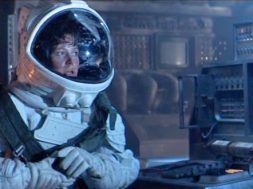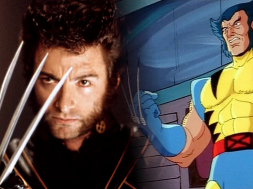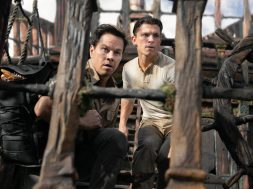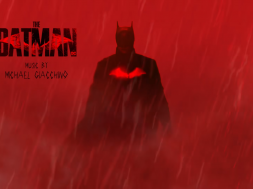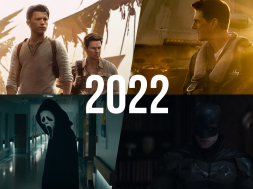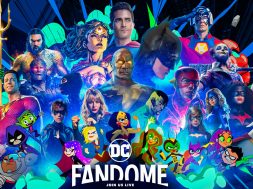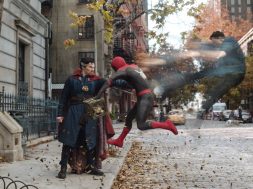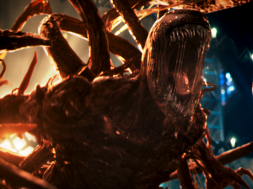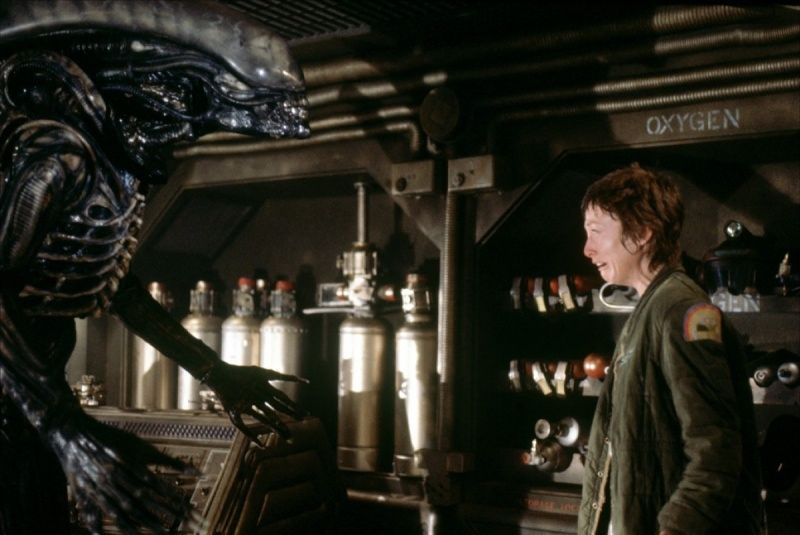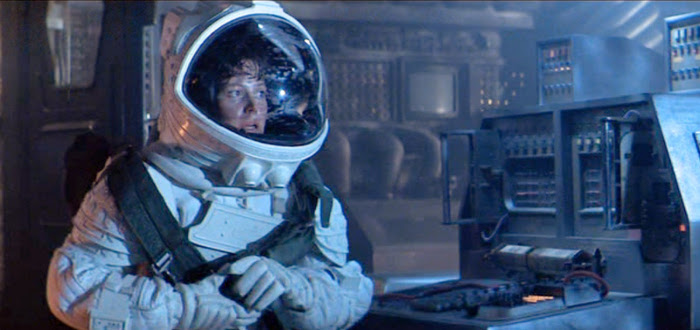
The ’70s were a truly great time for cinema. Boasting many films that pushed the boundaries of what directors could get away with on the big screen, the decade is littered with classics that still to this day are regarded as pillars of motion picture history. Several great film-makers continued to make sterling features and bring bolder, more daring themes and motifs to film while several more began their careers auspiciously with projects that, at the time, were doing things that remain teetering on the ridiculous. Among the latter is man named Ridley Scott whose first bigger budget creation Alien would not only make audiences squirm in their seats some three-and-a-half decades ago, but would also change the landscape of science fiction horror forever.
Coming out after Star Wars and Close Encounters of the Third Kind had re-defined what could be done with special effects and Halloween had demonstrated how lasting a scare can be on people, Alien is very much a culmination of several different ingredients from both these camps into a concoction that is all its own. Complete with a smattering of Jaws and a pinch of The Exorcist and the Hammer horror series, Scott‘s ambitious directorial début has developed and maintained a strong following in both the cult underground and the mainstream media to this day. Now, with the death of H. R. Giger, the man whose art provided the basis for much of the imagery within the film, still fresh in our minds and this year being exactly 35 years since the first theatrical run, it feels like the perfect time to look back at Alien and discuss what exactly makes it such a long-standing and widely irrefutable piece of movie history.
Opening with a slow pan shot of an unnamed planet, the sense of oncoming dread is very hard to shake. Jerry Goldsmith‘s incredibly slow strings drone for just uncomfortably long enough before a line of dialog is uttered or a character seen. This then descends, ominously, into the ‘real’ opening scene, which sees the Nostromo introduced in a direct riff on the opening scene of A New Hope. Within the sterile halls of the ship, we slowly see the seven crew members awaken before from cryo-sleep before their time as the Nostromo’s MU-TH-UR 6000 on board computer (‘Mother’, as the crew calls her) receives a distress signal from a nearby planet and beckons them to investigate. There’s a great dichotomy set in place very early on by Scott and screenwriter Dan O’Bannon (Night of the Living Dead, Return of the Living Dead) between the dark, twisted tone of the set-pieces and soundtrack and the optimism of the characters and their on-screen chemistry. It’s a balance that’s very tough to strike, but one that Alien manages to latch onto very quickly and use to great effect.

But of course, this balance rather quickly depletes once the now famed LV-426 comes into view. Showing the heaviest influence from Giger’s incredible works, LV is still one of the most menacing sets committed to film. With tall, ribbed, arching walls and a sense of scale that absolutely dwarfs our crew, to say that 426 is daunting to look at even now is an understatement. Looking not altogther unlike what you might imagine walking through a rotting body would be like, the ‘biomechanical’ style that Giger created can be seen in these moments to be at perhaps its greatest and most realized. This is only accentuated further when the huge space jockey is seen and the macabre imagery reaches a summit that the film seems to want to develop from, but is instead brought back down to Earth with the arrival of the face-hugger and John Hurt having to be rushed back to the Nostromo. It’s from here that the claustrophic horror part of the film really begins to take shape, with Ash, played by Ian Holm, kickstarting the turmoil that would unravel the crew and ultimately see their demise. Mostly. Once the chest-buster scene takes place, which is still incredibly stirring thanks to the heavy emphasis on birthing and the legitimate improvised terror of the actors’ faces, the setting only gets smaller and the scares bigger.
One of the more curios things about about the movie is that despite Sigourney Weaver’s enormous success as the flagship of the franchise, she is not the main character for the first half of this film. Instead, the crew’s captain Dallas acts as more of the film’s protagonist – the stereotypical valiant leader who dares to go alone when needed and is defiantly dedicated to getting his crew home. While Weaver’s Ripley does get her share of screen-time, it isn’t until after the tense, confined cat-and-mouse sequence wherein Dallas meets his end at the hands of the xenomorph that she becomes the central focus of the crew. It’s a move that in today’s greater emphasis on feminist criticism, really gives the picture an added vitality.
She’s joined Veronica Cartwright (The Birds) and Yaphet Kotto (Live and Let Die) in being the last human survivors. That is, after Holm‘s Ash’s has his meltdown and it’s discovered he was planted on the crew to guarantee they retrieve the alien. This is another huge swerve in that it turns the last white guy on-board into the actual antagonist of the whole movie, working for a corporation looking to harness and study aliens by any means necessary. The feature downplays this significance, to its own benefit as a slasher, but it’s a piece of story-telling that provides not only the entire basis for the series’ built-in history but also gives a grander scale to the subversive nature of the narrative by going all-in on the idea that it’s the white guys, with their corporations, that will be the downfall of us.

Ash’s meltdown also brings Alien to its final act. There’s no more relief in the crew’s meetings, or temporary serenity within the white walls of Mother’s womb-like chamber; now it’s all about survival. Survival between our three remaining heroes and Giger‘s nightmarish creation, who finally rears its ugly head and gets on camera for us all to see. Minimalism is something that, if done well, will make the audiences feel like it wasn’t used at all, and Alien is a perfect example of this. It isn’t until these frenzied final moments that we get to see the xenomorph in all its glory, and it’s a reveal that gives the monster such a hugely terrifying presence that it’s difficult, no matter how many times I’ve sat down to watch this movie, not to be the least bit chilled by seeing it. It’s in this sequence, in which Ripley is left on her own once and for all, that Alien shows its age a little bit.
There’s a stigma that comes with a piece of art of a certain age wherein it becomes difficult to evaluate the piece without condemnation from long-time fans. I’m not a subscriber to this notion, as I believe that it is in noticing the cracks in the walls of a mighty structure that we see the true strength of a well-made foundation. In the dying scenes of Alien, when we see the fabled alien finally and the last two victims are taken to task for getting in the way, we also see the old-school horror influence. The death scenes are as gawdy and melodramatic as was how horror was delivered back in the day. Blood being spat from the mouth with frenzied cutting and jagged angles. But, if anything it makes Alien more endearing because it brings in the full lineage of it being a sci-fi horror, unashamed of being a peer to the likes of Hitchcock or Donner.
In the last ten minutes, after another Star Wars riff of the ship flowing overhead to timestamp the ending, there’s the delicate overture that sees out the feature and provides poignant closure. Ripley using her wits to eliminate the alien threat and ending in stasis, the same way she entered the film really gives us a sense of relief that ending with the Nostromo’s demise simply wouldn’t provide. Goldsmith’s score reverts to a gentle sweeping string-based epilogue as, for the first time since the opening title, the picture allows us relax and to reflect on the struggle we just witnessed as only a well-made horror can do.
When talking about influence, overstating Alien‘s would be a tough task. Truly distinctive for the time and still very much a checklist for modern film-makers, Dan O’Bannon and Ridley Scott‘s masterpiece is still just that: a masterpiece. Although horror rarely fully prefers true modesty in terror with Nightmare on Elm Street and Friday the 13th having great success as being larger-than-life, Alien‘s acidic force can still be seen seeping through sci-fi vains. With continuing associated films in the Prometheus series and even video games like Dead Space and The Last of Us whose narratives echo the screams and angular corridors of the Nostromo. Even the newer horror trend of found footage films hold the minimalism that Alien champions, which can also be seen in the newer Godzilla, which was the better film for it for my money. It was terrifying then, it’s still terrifying now, and long may it continue to terrify for years to come.
